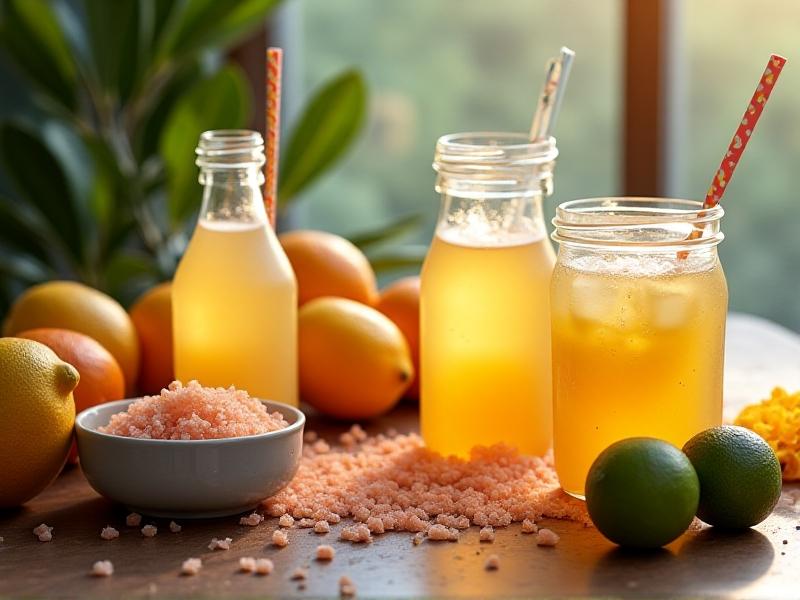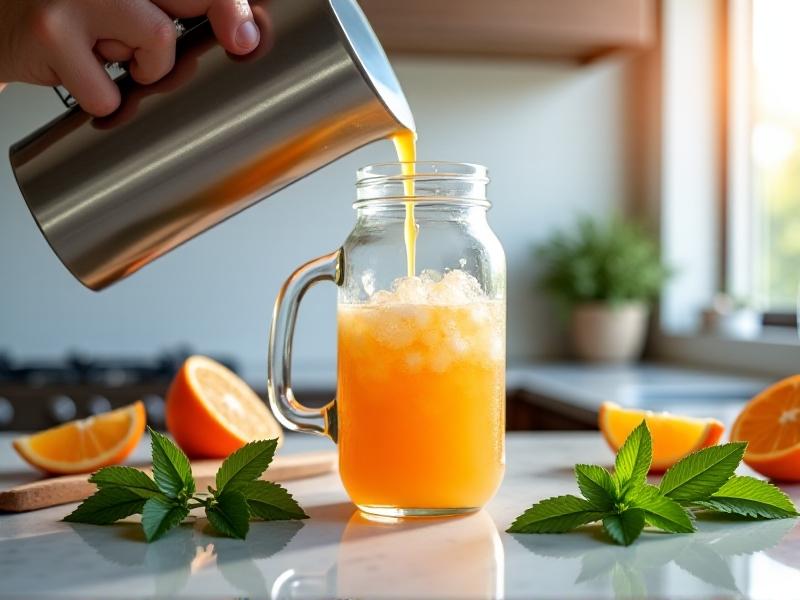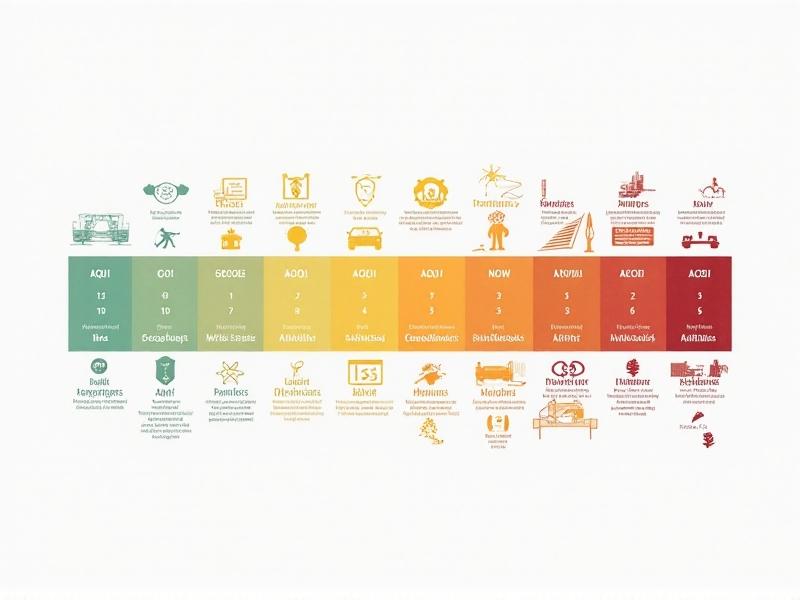Electrolyte Drink DIY Formulations
Why Make Your Own Electrolyte Drinks?

Commercial electrolyte drinks often come loaded with artificial flavors, excessive sugars, and synthetic additives. By crafting your own, you gain control over ingredients, tailoring formulas to meet dietary preferences or specific health needs. Homemade solutions can be fresher, cheaper, and environmentally friendly, reducing plastic waste from store-bought bottles. Plus, DIY recipes allow for creativity—whether you’re enhancing post-workout recovery or seeking a gut-friendly hydration boost.
The Science Behind Electrolytes and Hydration

Electrolytes—sodium, potassium, magnesium, and calcium—are minerals that carry electrical charges, essential for nerve function, muscle contractions, and fluid balance. When you sweat, you lose these minerals, leading to fatigue or cramping. Effective hydration isn’t just about water; it requires replenishing electrolytes to maintain osmotic balance. Research shows that a 3:1 ratio of carbohydrates to electrolytes optimizes absorption. Natural sources like coconut water or citrus juices provide these nutrients without synthetic compounds.
Essential Ingredients for DIY Electrolyte Formulas

A balanced DIY electrolyte drink includes four core components: sodium (sea salt or Himalayan salt), potassium (citrus juice or coconut water), magnesium (natural calm powder or leafy greens), and a sugar source (honey or maple syrup) for transport. Optional additives like calcium (fortified plant milk) or zinc (pumpkin seeds) can address specific deficiencies. Always prioritize whole-food ingredients to maximize bioavailability and avoid unnecessary processing.
Step-by-Step Guide to Crafting a Basic Electrolyte Drink

Start with 500ml of base liquid—coconut water or herbal tea. Add ¼ tsp sea salt (sodium), ½ cup orange juice (potassium), 1 tbsp honey (glucose), and a pinch of magnesium powder. Stir thoroughly and adjust sweetness or tang to taste. For effervescence, use sparkling water. Chill for 30 minutes before serving. This formula mirrors commercial sports drinks but cuts sugar content by 50% while boosting mineral density.
Flavor Variations and Creative Twists
Customize your drink with seasonal produce and herbs. Blend watermelon and lime for summer hydration, or simmer ginger and turmeric for an anti-inflammatory winter brew. Add chia seeds for fiber or apple cider vinegar for gut health. Herbal infusions like hibiscus or lemongrass enhance flavor without calories. Use frozen fruit purees for a slushie texture, perfect for post-exercise recovery.
Safety Considerations and Common Mistakes to Avoid
While DIY drinks are generally safe, overconsumption of sodium or potassium can strain kidneys. Stick to recommended ratios (500mg sodium per liter max). Avoid substituting table salt for electrolyte-specific blends, as iodine content may vary. Those with hypertension or renal issues should consult a doctor. Never use artificial sweeteners like aspartame, which counteract hydration benefits. Always refrigerate homemade solutions and consume within 48 hours.
Benefits of Homemade Electrolyte Solutions Over Store-Bought
Homemade options eliminate preservatives, dyes, and high-fructose corn syrup, reducing inflammation risks. They’re cost-effective—averaging $0.50 per serving versus $3 for branded drinks. Customization caters to low-carb, vegan, or keto diets. Environmentally, reusable bottles and bulk ingredients minimize waste. Plus, natural sugars from fruit provide antioxidants absent in processed alternatives. Testing shows DIY formulas can match or exceed commercial efficacy when properly balanced.








